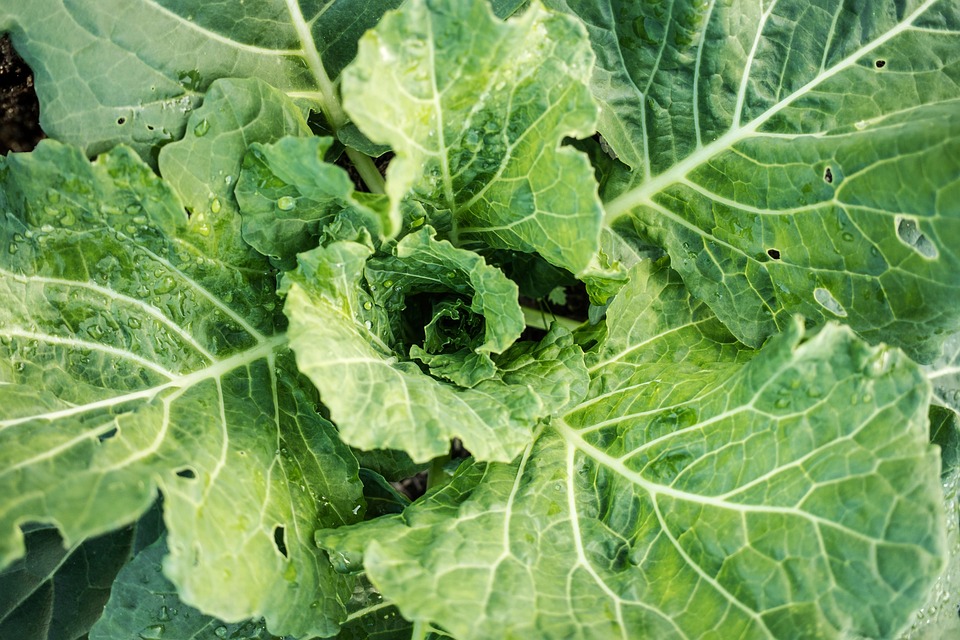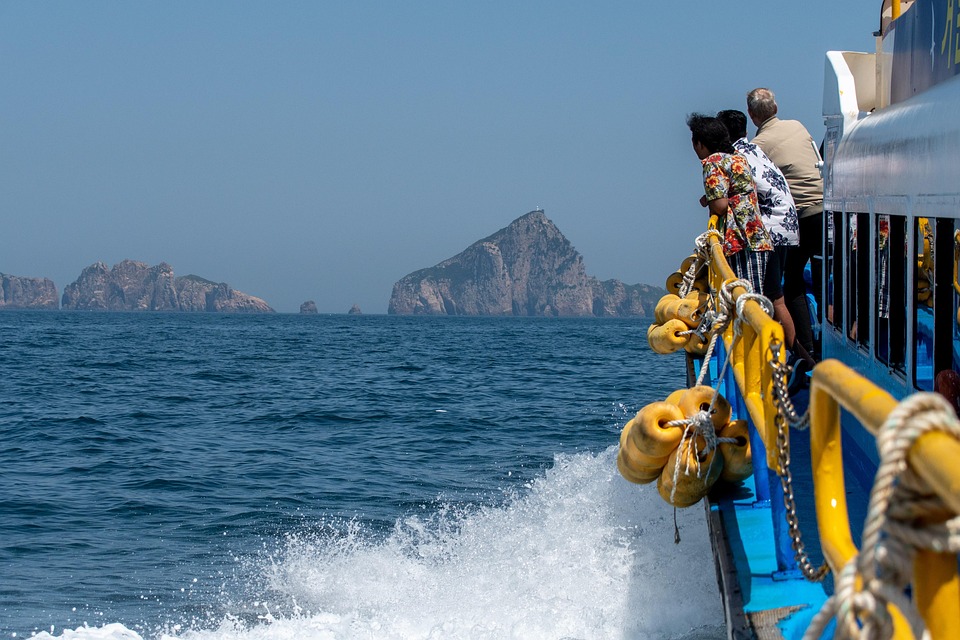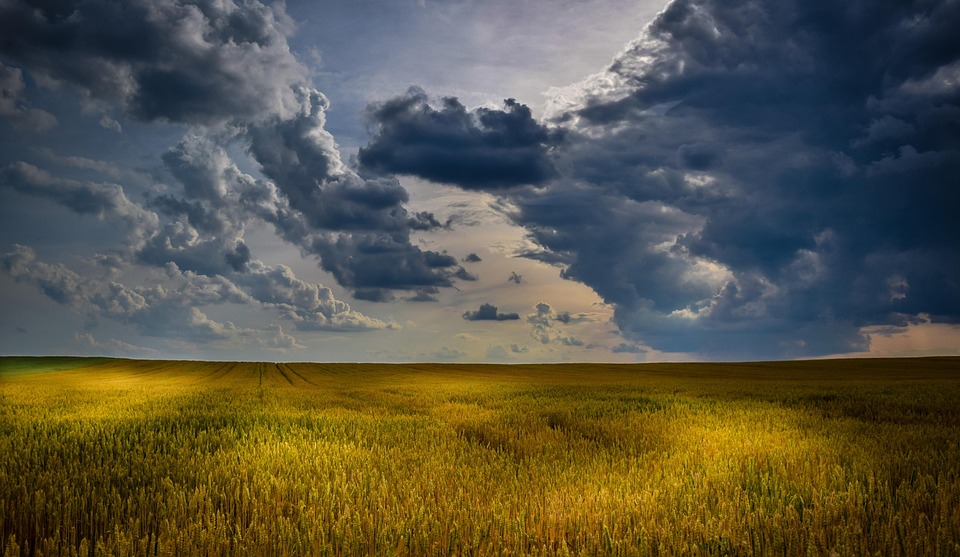**Sow the Future: How Sustainable Agriculture is Reshaping Our Food System**
### Sow the Future: How Sustainable Agriculture is Reshaping Our Food System Early one crisp morning, just as the golden sun began to peek over the horizon, I found myself knee-deep in a vibrant patch of heirloom tomatoes, their colorful fruits glowing against the lush green leaves. The earthy smell of freshly turned soil filled the air, and for a moment, it felt like I was connected to something timeless. This small garden, a humble patch of earth, was not just a source of nourishment but a powerful reminder of the possibilities of sustainable agriculture and the crucial role it can play in reshaping our food system. As we increasingly face global challenges—climate change, food insecurity, and loss of biodiversity—sustainable agriculture stands as a beacon of hope for the future, urging us to grow not just our food but also our potential. ### What is Sustainable Agriculture? Sustainable agriculture is more than a buzzword; it’s a holistic approach to farming that focuses on meeting the needs of the present without compromising the ability of future generations to meet their own needs. It combines best practices in farming, technology, and ecological understanding to create farming systems that are resilient, productive, and eco-friendly. From regenerative practices like crop rotation and cover cropping to innovative technologies such as aquaponics and vertical farming, sustainable agriculture encompasses a wide range of methods designed to protect the environment, improve economic viability, and support social equity. ### The Impact of Sustainable Agriculture #### 1. Environmental Benefits Sustainable farming reduces our carbon footprint and promotes biodiversity. By employing techniques like permaculture, organic farming, and agroforestry, we can: – **Enhance Soil Health**: Using organic compost, minimizing tillage, and planting cover crops improve soil structure and fertility, leading to healthier plants and better yields. – **Conserve Water**: Techniques such as drip irrigation and rainwater harvesting can minimize water usage while maximizing efficiency. – **Reduce Chemical Use**: By avoiding synthetic fertilizers and pesticides, sustainable agriculture protects our ecosystems and promotes the health of pollinators and other vital species. #### 2. Economic Advantages Sustainable agriculture can also enhance economic resilience. Localizing food systems reduces transportation costs and supports local economies. By investing in direct trade and farm-to-table initiatives, consumers can enjoy fresh, seasonal produce while supporting sustainable practices. Not only does this build community resiliency, but it can also stimulate growth in local job markets. #### 3. Social Equity Promoting sustainable agriculture fosters social justice. Access to healthy food, fair wages for farmworkers, and community engagement in food production are critical elements of a fair food system. Sustainable agriculture initiatives often emphasize education and empowerment, helping communities thrive by fostering knowledge and local skills that strengthen food security. ### Innovations in Sustainable Agriculture Innovation is at the heart of transforming our food system. Today, farmers worldwide are adopting cutting-edge technologies and techniques to optimize their practices. #### 1. Vertical Farming This innovative method maximizes space by growing crops in stacked layers, often in controlled indoor environments. Vertical farming uses hydroponics, aeroponics, and LED lighting to achieve higher yields with less water and no pesticides. Enabling urban agriculture to flourish, vertical farms make fresh produce accessible even in metropolitan areas. #### 2. Permaculture Permaculture creates sustainable ecosystems that mimic natural processes. By carefully designing layouts and selecting plants that support each other, these systems can yield food while enhancing biodiversity and reducing resource use. Imagine a food-producing sanctuary filled with fruits, vegetables, and herbs all enriching one another. #### 3. Regenerative Agriculture Regenerative agriculture focuses on rebuilding soil health and restoring ecosystems. Techniques such as holistic grazing and cover cropping work to sequester carbon, increase biodiversity, and improve water retention in the soil, ultimately leading to more resilient food systems. ### Community and Connection Sustainable agriculture isn’t only about the individual farmer; it’s also about building community. Local farmers’ markets, community-supported agriculture (CSA) programs, and cooperative farming initiatives are rising in popularity. These systems encourage direct interaction between producers and consumers, fostering transparency and trust while nourishing local economies. One wonderful benefit is the growing sense of connection to the land and food. Purchasing a share in a CSA means knowing exactly where your food comes from, how it’s grown, and the people behind it. Many CSAs also offer educational workshops where consumers can learn about sustainable farming practices, gardening techniques, and cooking fresh ingredients from the farm. ### The Role of Technology In an age of rapid technological advancement, sustainable agriculture has harnessed innovative tools to enhance efficiency and sustainability. Technologies such as precision agriculture use data and sensors to monitor crop health, soil moisture, and nutrient levels. Drones can assist in surveying large areas to identify plant health variations, allowing farmers to optimize inputs, reduce waste, and increase yields. Additionally, the integration of apps and software solutions allows farmers to make informed decisions based on weather patterns, market trends, and consumer demand. ### Pro Tips for Embracing Sustainable Agriculture #### 1. Start Small If you’re curious about sustainable agriculture or gardening, consider starting with a small vegetable garden. Even a few pots on a windowsill can produce fresh herbs and vegetables. #### 2. Use Heirloom Seeds Heirloom seeds are often more flavorful and resilient than hybrids. They also promote biodiversity, preserving plant genetics for future generations. #### 3. Implement Companion Planting Certain plants can thrive together. For example, planting basil near tomatoes not only enhances flavor but also helps repel pests. #### 4. Join Local Community Support Engage with local farmers and initiatives. Joining a CSA or volunteering at a community garden can provide hands-on experience and make a difference. #### 5. Educate Yourself and Others Share your knowledge with friends and neighbors. Workshops and classes can offer invaluable insights into sustainable techniques that can work for everyone, fostering a community of informed growers. ### The Future of Food The journey towards sustainable agriculture is just beginning. Governments, corporations, and individuals are increasingly recognizing the need to adopt environmentally friendly practices. Movements promoting plant-based diets, regenerative farming, and local sourcing










